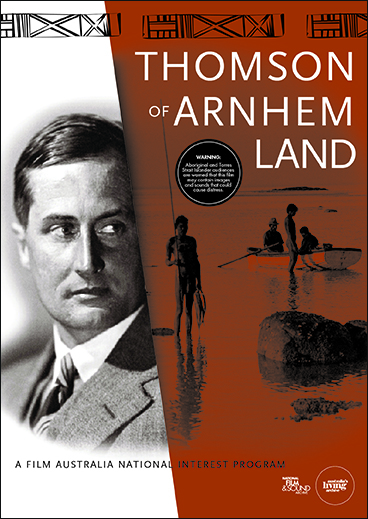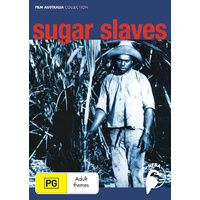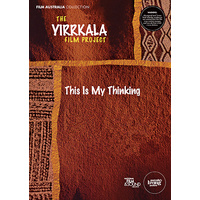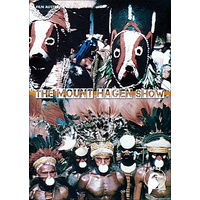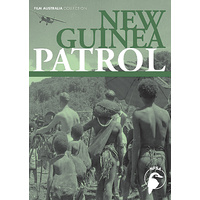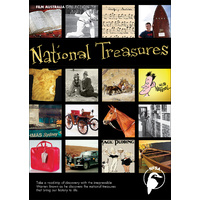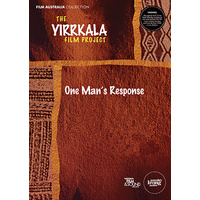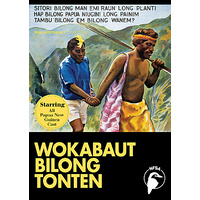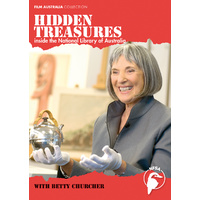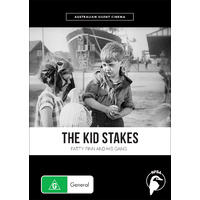2000, 55 Minutes
The story of Donald Thomson, visionary Australian anthropologist and passionate campaigner for Aboriginal justice.
In 1933, a state of panic erupted in Darwin after five Japanese fishermen and three white men were killed by Aboriginal clansmen on the east coast of Arnhem Land. Donald Thomson, a young anthropologist working in the field, was appalled by calls for a punitive expedition. Thomson suspected the Aboriginal men were resisting invasions of their land and had acted in self defence. At the same time, he was aware that the official policy of "protection" of Aborigines had failed. He volunteered to go to Arnhem Land to try to prevent the race war that people feared. He also proposed to make a scientific study of Yolngu culture as the basis for new policies that would finally bring justice to Aboriginal people.
After a long journey through harsh terrain, Thomson met Wonggu, a Yolngu elder, clan leader and father of three of the men jailed for killing the Japanese. Wonggu gave Thomson a message stick to take back to the government agreeing to keep the peace in his country. In turn, Thomson successfully negotiated the release of Wonggu's sons. For the next two years, Thomson lived with the Aboriginal people of Arnhem Land, learning their languages and documenting their culture. Thomson was accompanied on his journeys by Raiwalla, a Mildjingi man who remained a loyal friend and companion for many years.
Thomson delivered his report to the Federal government in 1937. He focused on the importance of Aboriginal relationships to the land, their complex social, cultural and economic structures. He also argued for specific policies to regulate the impact of white culture and ensure the survival of a unique yet fragile civilization. The assimilationist lobby, led by Sydney University anthropologist Professor AP Elkin, outmanoeuvred Thomson by gaining the ear of key government ministers. The report was ignored.
With the outbreak of World War Two, Thomson joined again with Wonggu and his sons. Ironically, this time it was to form a special Aboriginal Reconnaissance Unit to protect Australia's north coast against invasion from the Japanese.
After the war, Thomson began to lobby the then leader of the opposition, Robert Menzies. Although Menzies expressed support, he changed tack after winning the Federal election in 1949 and completely embraced the policy of assimilation. Thomson was devastated; he felt that the Aboriginal people had been sacrificed on the altar of political pragmatism.
Although Thomson became more and more isolated from the anthropological establishment, he continued his fight for Aboriginal rights until he died in 1970. His ashes were scattered over the waters of eastern Arnhem Land by Wonggu's sons. Today, his extraordinary photographs, field notes and artefacts are housed at Museum Victoria and are considered one of the most significant ethnographic collections in the world.
A Film Australia National Interest Program in association with John Moore Productions Pty Ltd. Produced with the assistance of Cinemedia's Film Victoria and the Australian Broadcasting Corporation. Producer's attachment supported by Film Victoria. Developed with the assistance of Film Victoria and Museum Victoria. © 2011 National Film and Sound Archive of Australia, Film Victoria.
(199801900)
Producers: John Moore, Michael McMahon
Director: John Moore
Year: 2000
Running Time: 55 Minutes
Classification: Exempt from classification
Curriculum Links: NSW Board of Studies - Stage 6 Aboriginal Studies, Years 11-12; Studies of Society and Environment; History; Anthropology; Indigenous Studies; English; Drama; Photography and Media Studies.
SEE ALSO
| SKU | 199801900 |
| Brand | Film Australia |

